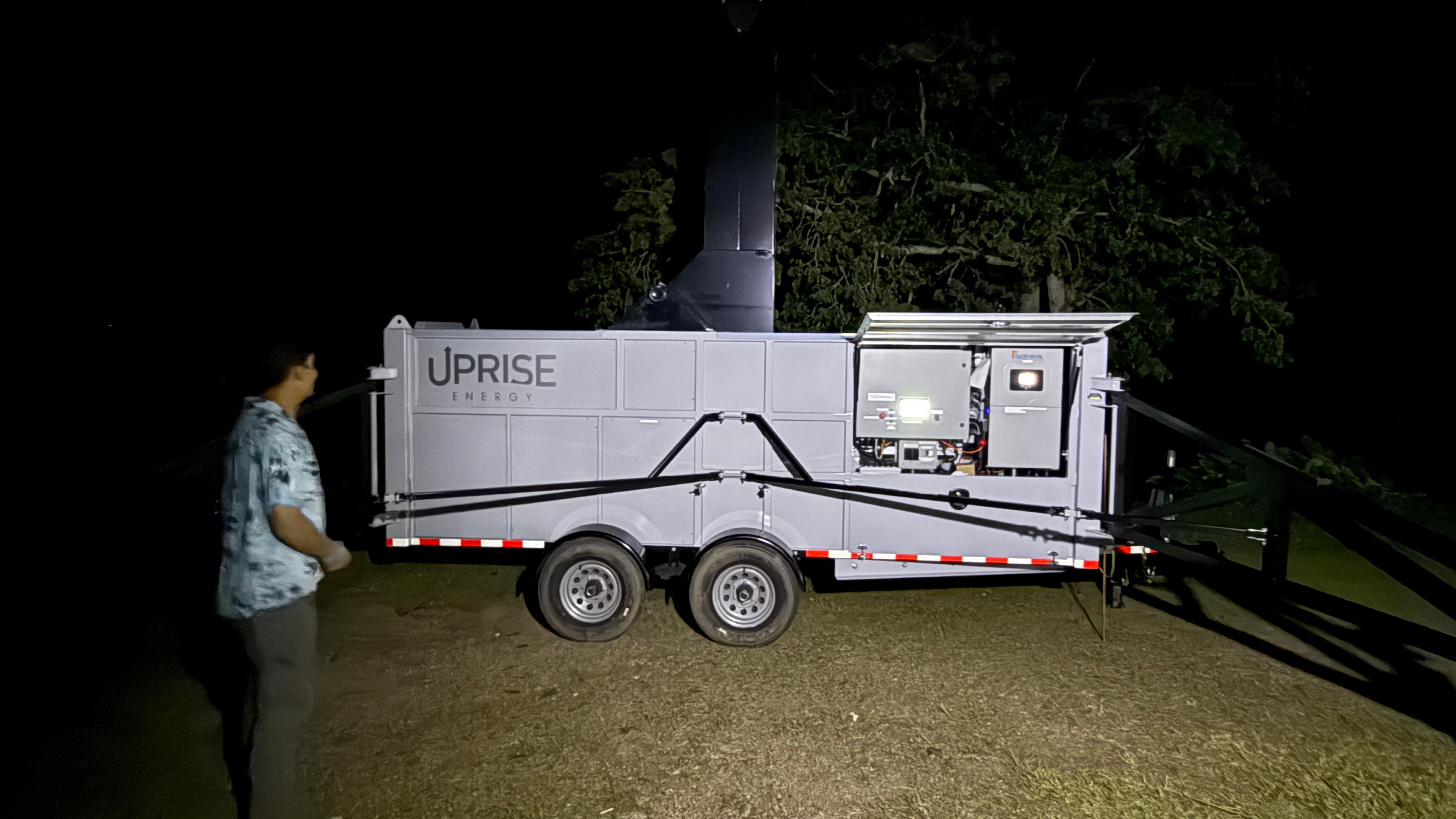
Portable Wind Turbines in Disaster Relief: Powering Emergency Responses
jonnyknight@me.com
jonnyknight@me.com
In the aftermath of a disaster, the power supply is often the first thing to fail. Emergency shelters, medical stations, and communication centers all rely on electricity to function. Diesel generators, while reliable in some cases, require constant refueling, which is not always possible in remote or disaster-stricken areas. Additionally, diesel engines produce harmful emissions that can worsen the environmental impact of the disaster.
This is where portable wind turbines come into play. These turbines generate electricity using wind power, which is an abundant and free resource. They don’t rely on external fuel sources and can be set up quickly, making them an ideal solution for emergency response teams.
Portable wind turbines are designed to be compact, rugged, and easy to deploy. Unlike traditional wind turbines that require significant infrastructure and a permanent setup, portable models can be quickly assembled and moved from one location to another.
These turbines work by harnessing the energy of the wind. As the wind blows, it spins the blades of the turbine, generating mechanical energy, which is then converted into electricity. This electricity can be used to power essential services, such as medical equipment, lights, and communications.
One of the main advantages of portable wind turbines is their independence from fuel supply chains. In disaster zones, where fuel deliveries can be delayed or compromised, these turbines can continue generating power as long as there’s wind. They are also capable of running as part of a microgrid, working alongside solar panels, energy storage systems, or even diesel generators to provide a consistent power supply.
Wind energy has a number of clear advantages when it comes to disaster relief:
In recent years, portable wind turbines have been used successfully in a number of disaster relief efforts:
During the aftermath of Hurricane Maria in Puerto Rico, emergency teams turned to portable wind turbines to provide power to medical stations and shelters. Diesel generators were in short supply and often failed due to fuel shortages or damage. However, wind turbines provided a consistent source of power throughout the disaster recovery, offering clean energy without the need for fuel deliveries.
In remote areas of Africa, portable wind turbines have been used to power field hospitals and health clinics during health emergencies. These turbines provided essential power for medical equipment, refrigeration for vaccines, and lighting in areas where grid power was unavailable or unreliable.
While diesel generators are still commonly used in emergency situations, they have several drawbacks compared to wind turbines:
| Feature | Diesel Generator | Portable Wind Turbine |
| Fuel Requirement | Needs constant refueling | Uses wind, no fuel required |
| Environmental Impact | High emissions, polluting | Zero emissions, eco-friendly |
| Deployment Time | Can take hours to set up and refuel | Quick setup, deployable within hours |
| Deployment Time | High maintenance and fuel costs | Low maintenance, minimal costs |
| Long-Term Cost | High ongoing costs | Low operational costs |
The Future of Portable Wind Turbines in Disaster Relief
As the world faces an increasing number of natural disasters due to climate change, the need for reliable, sustainable energy sources will only grow. Portable wind turbines offer a solution that is both effective and environmentally friendly. Their ability to provide independent, sustainable power without relying on external fuel sources makes them ideal for emergency relief operations.
As the technology improves and more turbines are deployed in disaster zones, we can expect to see wind energy playing an even larger role in humanitarian aid. Investing in these technologies now can help create a more resilient, self-sustaining energy system for future disaster relief efforts.
Portable wind turbines offer a cost-effective, reliable, and environmentally-friendly solution to power disaster relief operations. Unlike diesel generators, wind turbines require no fuel, emit no pollutants, and are easy to deploy in harsh environments. For communities recovering from disasters, these turbines are not just a source of power—they represent a sustainable future where energy independence and environmental responsibility go hand in hand.